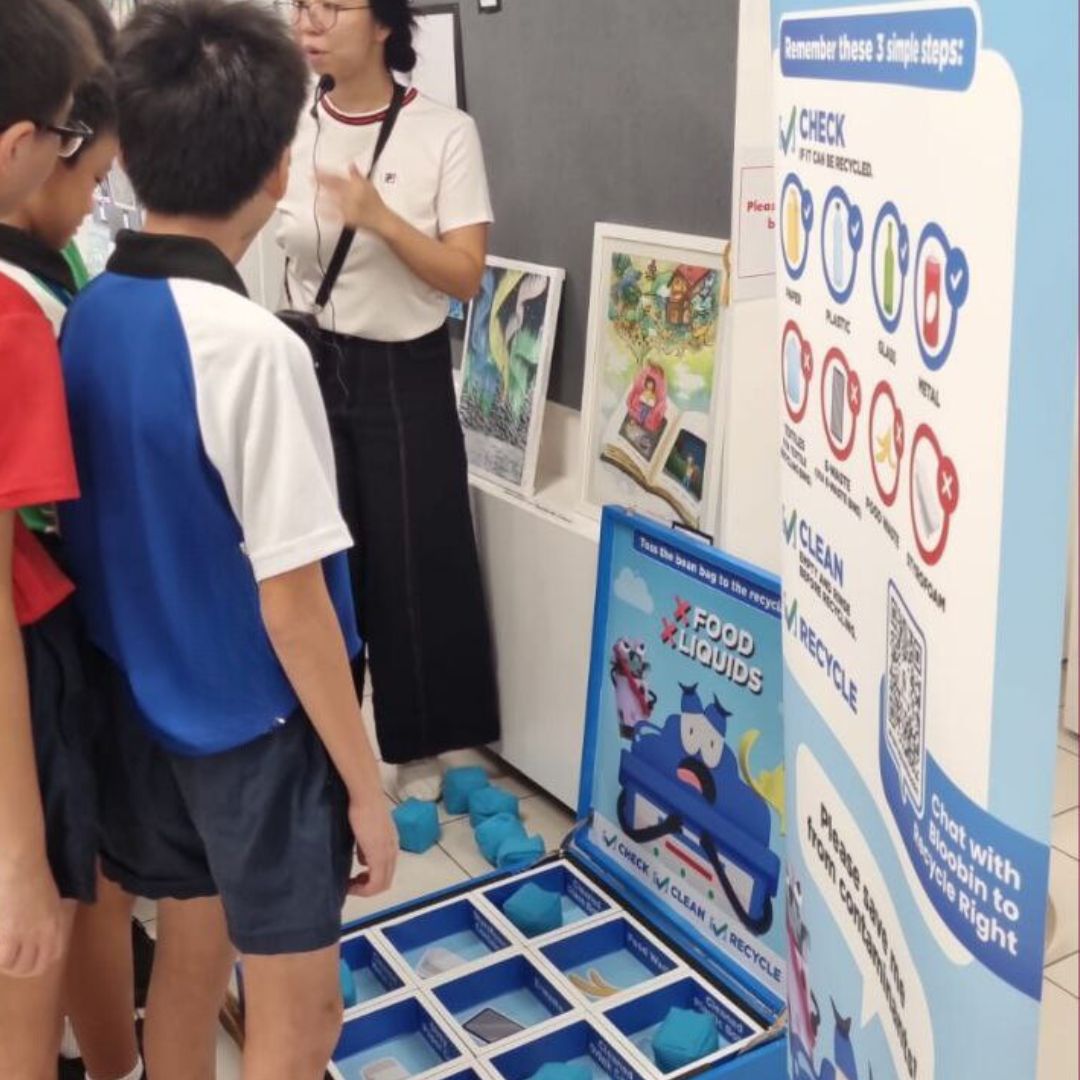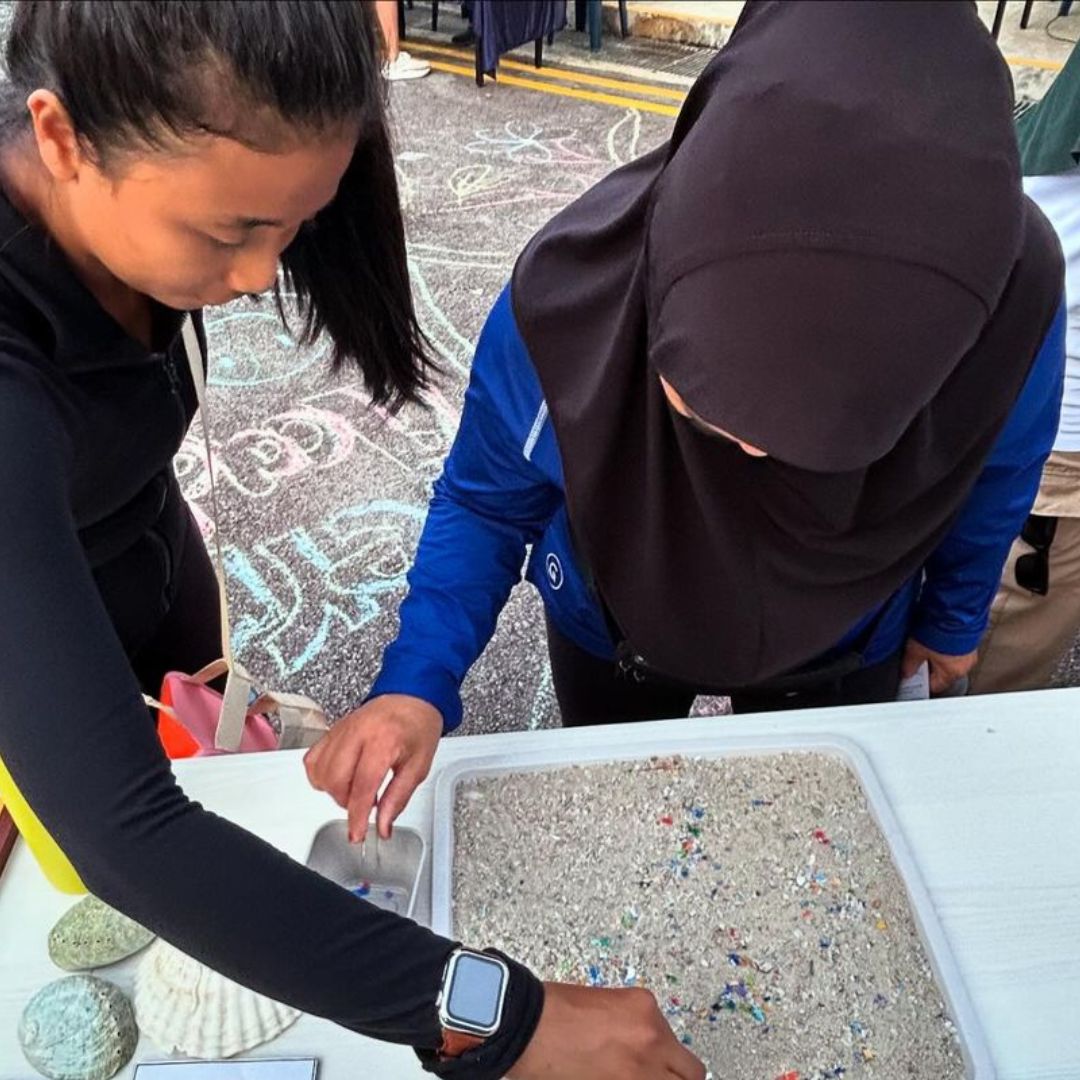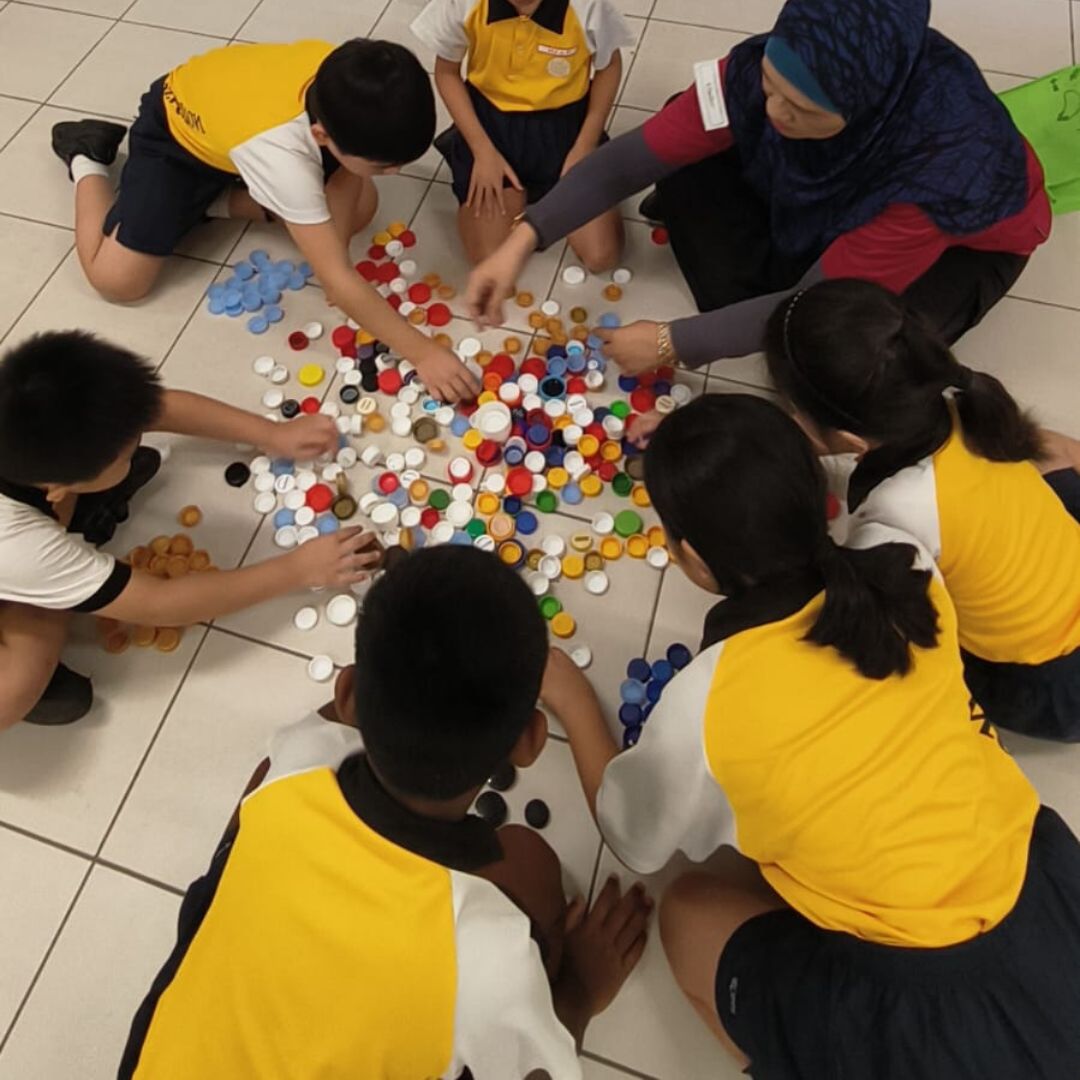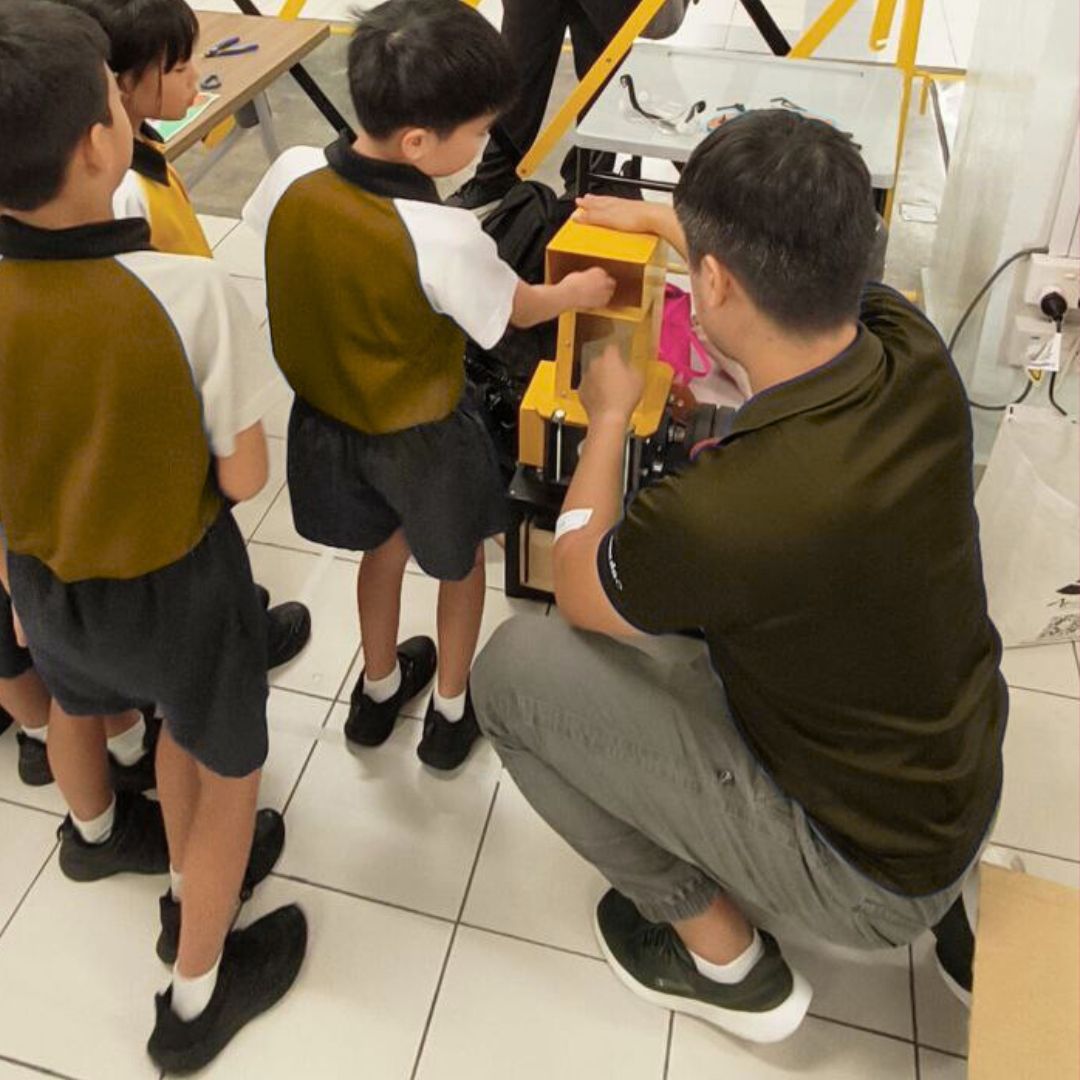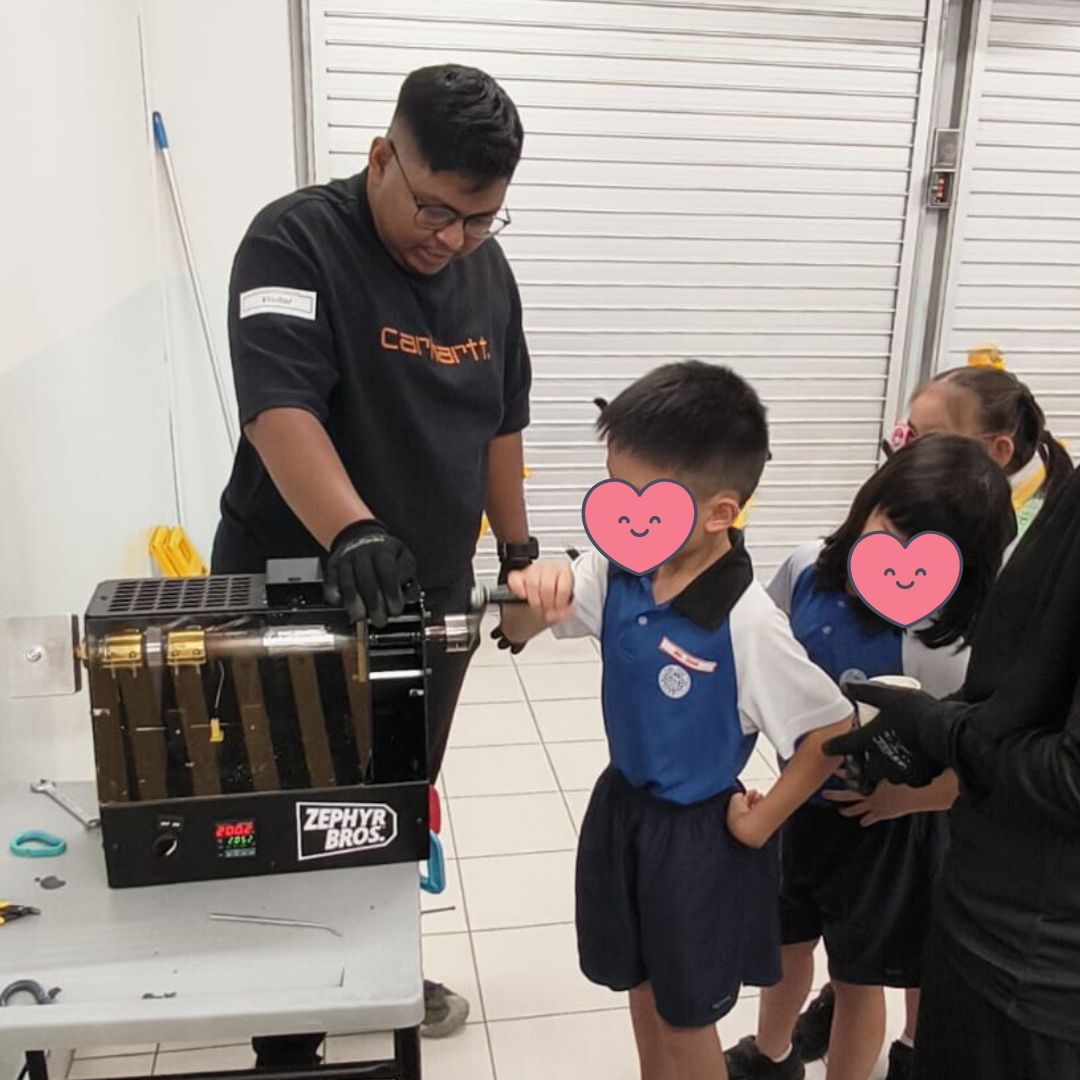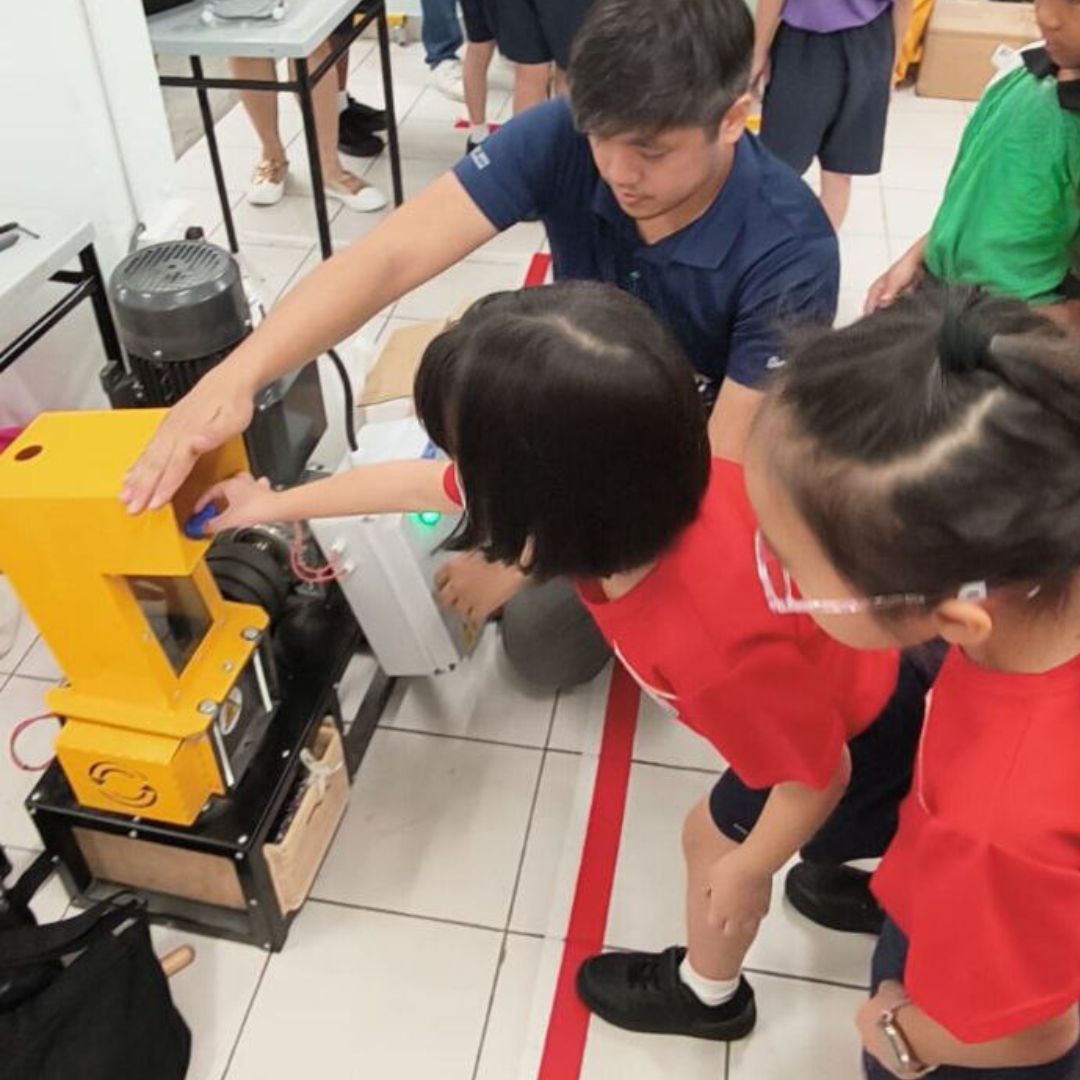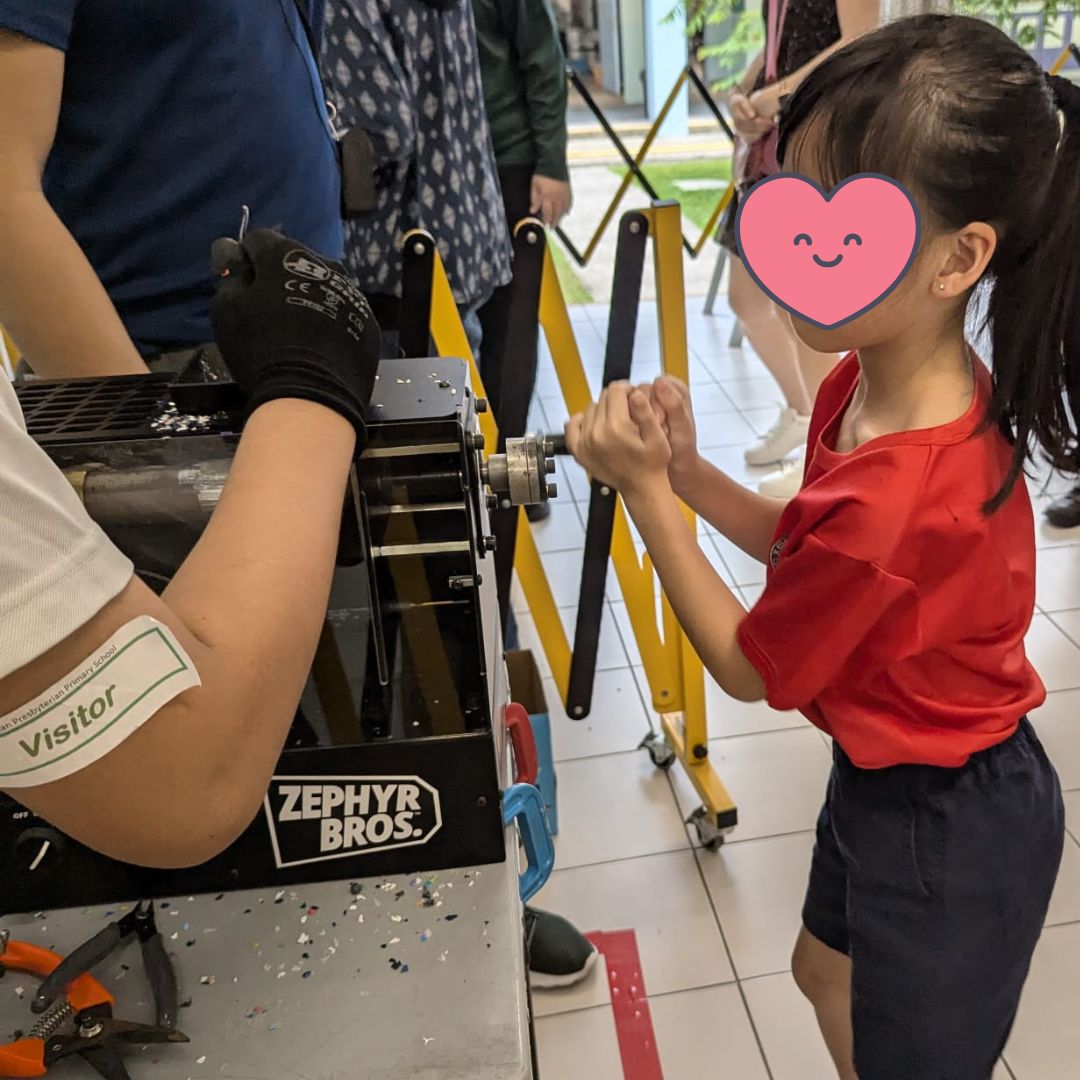Children's Voices
for Biodiversity
| | Home | ⯈ | For The Environment | ⯈ | Children's Voices for Biodiversity |
| | Home | ⯈ | For The Environment | ⯈ | Children's Voices for Biodiversity |
Understanding our environment and what you can do to care for it!
Workshops in this series
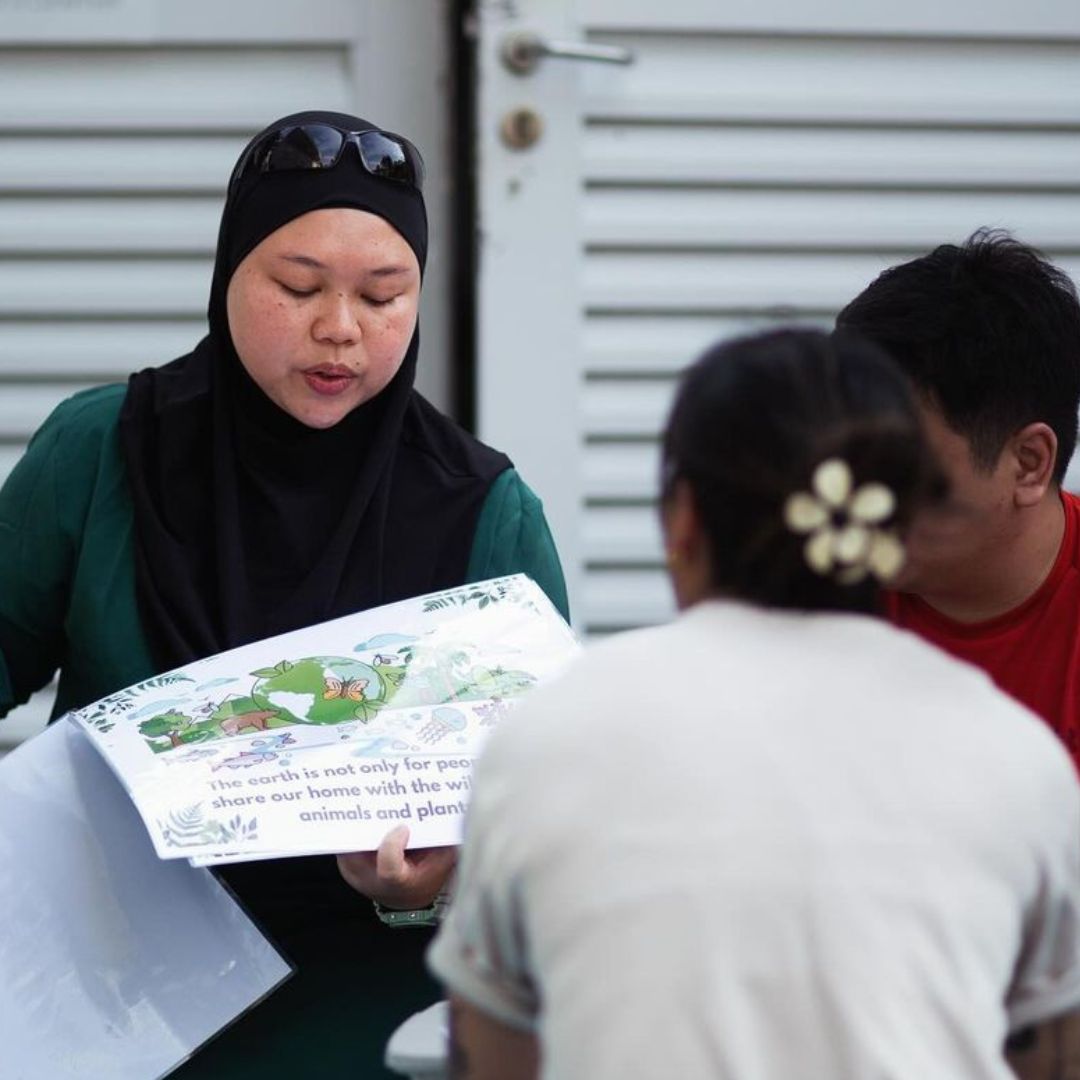
- Local Biodiversity in Singapore
- Basic plant and animal identification
- The sounds and textures of nature
- How to respect and protect natural spaces
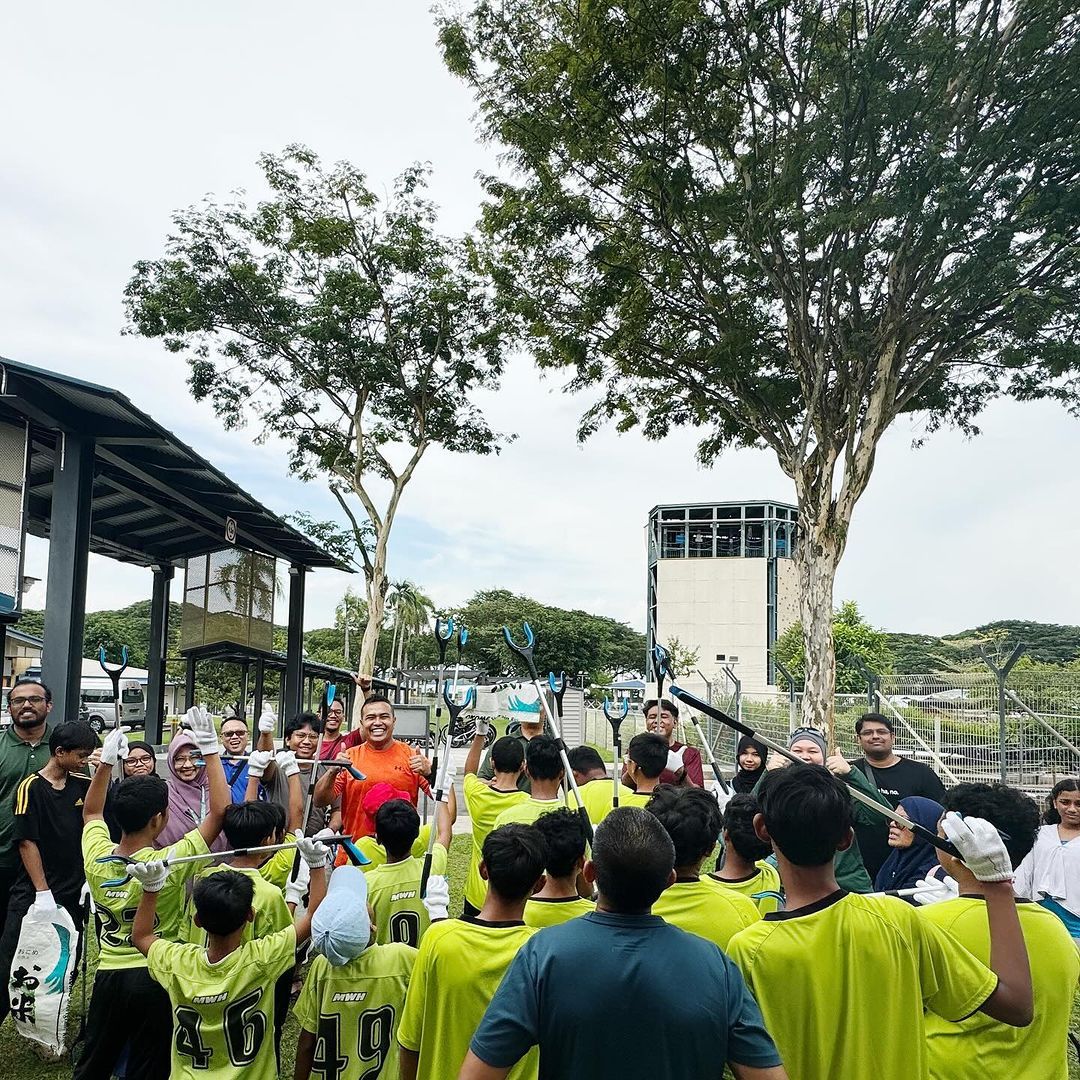
- The interconnectedness of ecosystems and the ripple effects of litter on marine and urban biodiversity
- How waste management impacts both local wildlife and human health
- The concept of sustainability and how their choices can shape the future environment
- Hands-on cleanup of a beach or urban area
- Sorting collected litter for recycling vs. waste
- Fun team-based activities to build a sense of community and responsibility
.jpg)
- The science of plastics: understanding types, properties, and recyclability
- How microplastics enter food chains and their impact on ecosystems and health
- Ways to implement the "3Rs" (Reduce, Reuse, Recycle) effectively at school and home
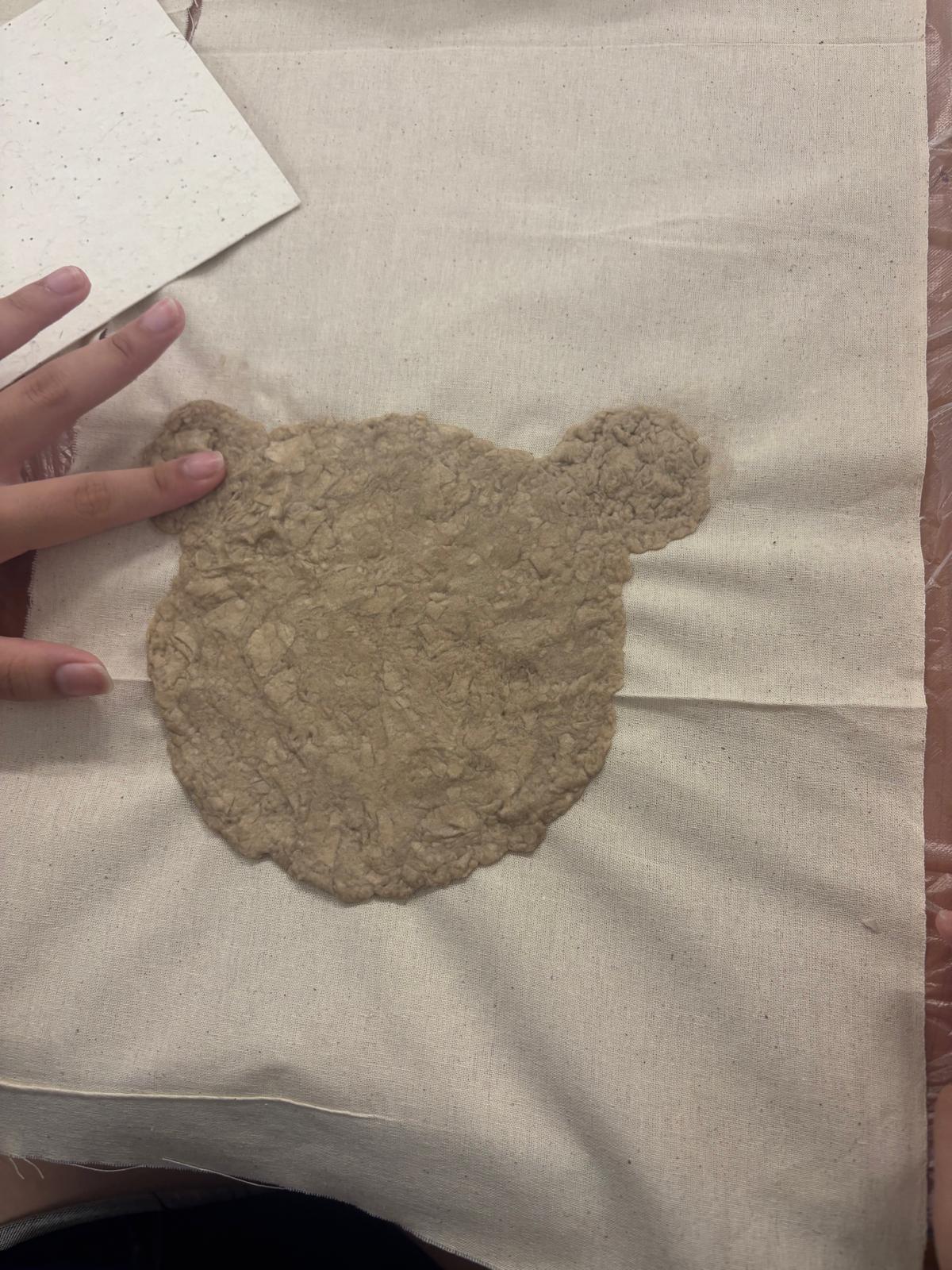
- How paper production affects forests and biodiversity
- The science of recycling: turning waste paper into reusable materials
- The role of community initiatives in promoting large-scale recycling efforts
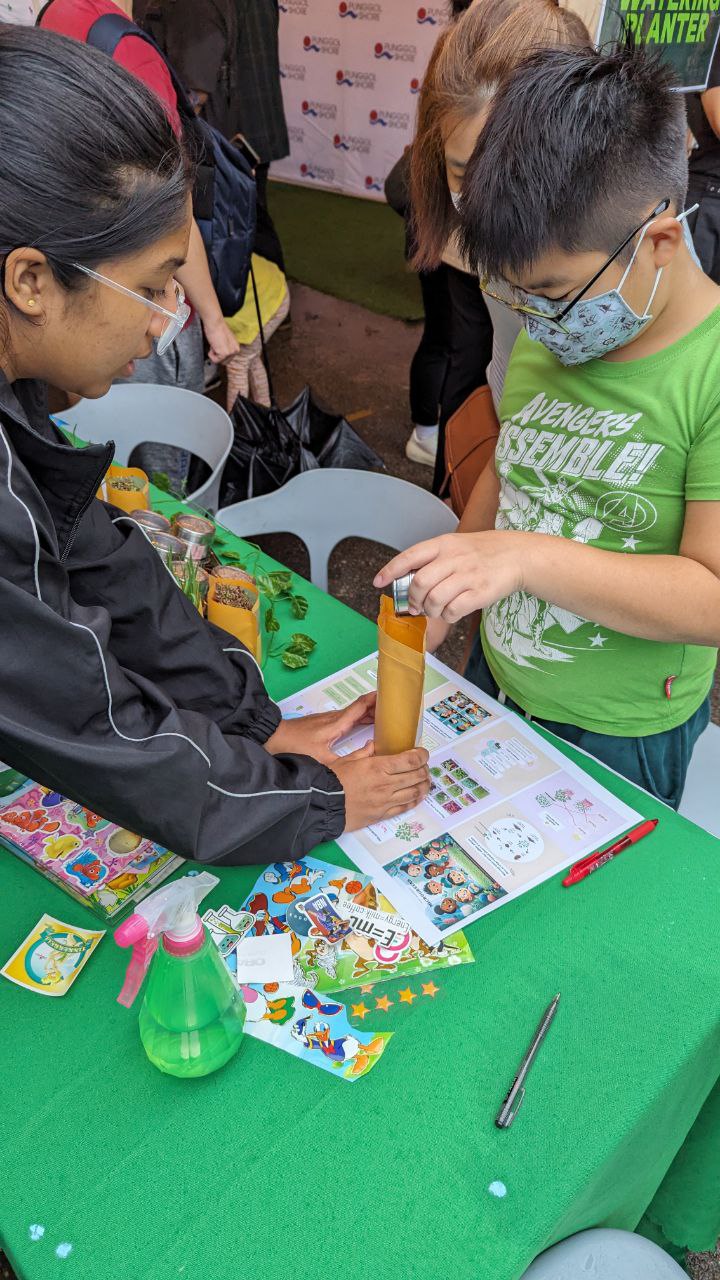
- The role of urban gardens in combating climate change and reducing the urban heat island effect
- How to create a thriving micro-ecosystem that attracts pollinators and supports biodiversity
- Advanced plant care techniques, including composting and organic fertilizers
- [tbc] Designing and planting a small urban garden plan based on space and biodiversity goals
- Hands-on contact with compost and others!
- Composting demonstrations with common household waste
- Creative games that simulate farming challenges, encouraging teamwork and critical thinking
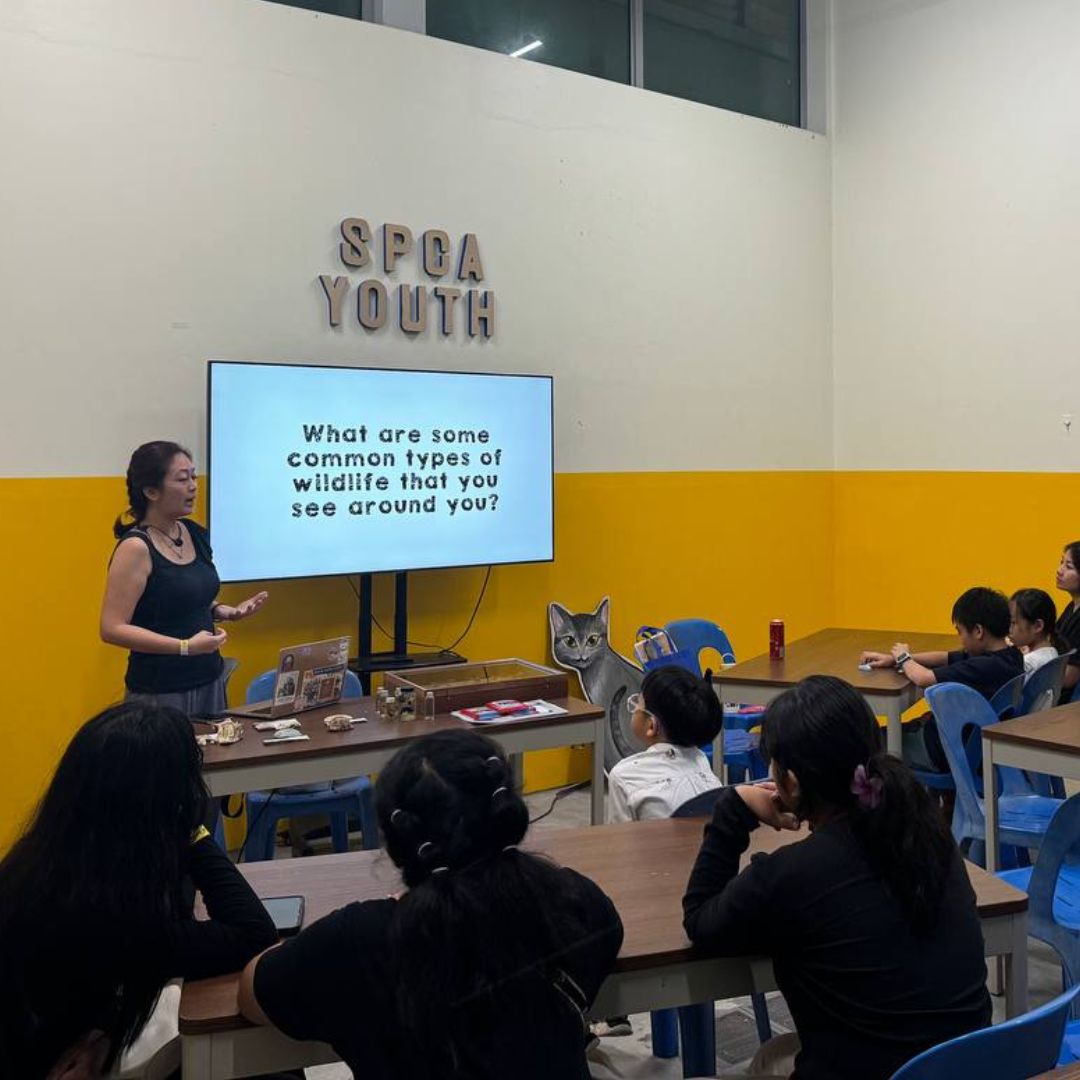
- Advanced concepts of food webs, keystone species, and their role in ecosystems
- How human activities influence habitats and species distribution
- Practical actions to restore and conserve biodiversity in their community
- Building a mini ecosystem model to understand interdependencies in nature
- Identifying local species through guided nature observation and cataloging
- Role-playing as conservationists to solve real-world biodiversity challenges
